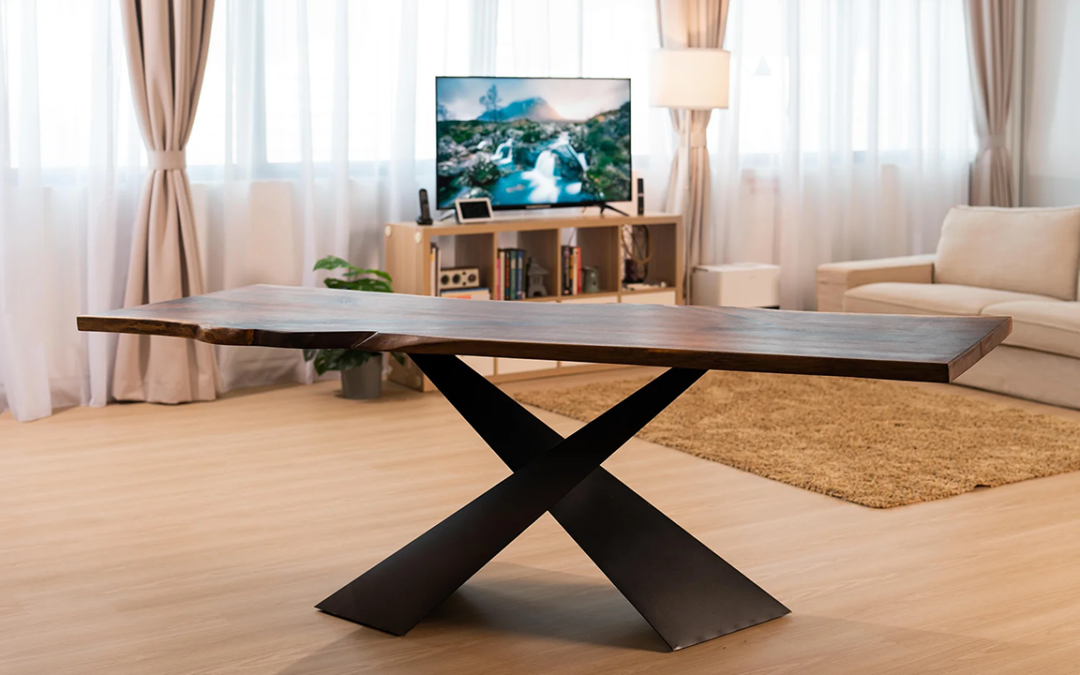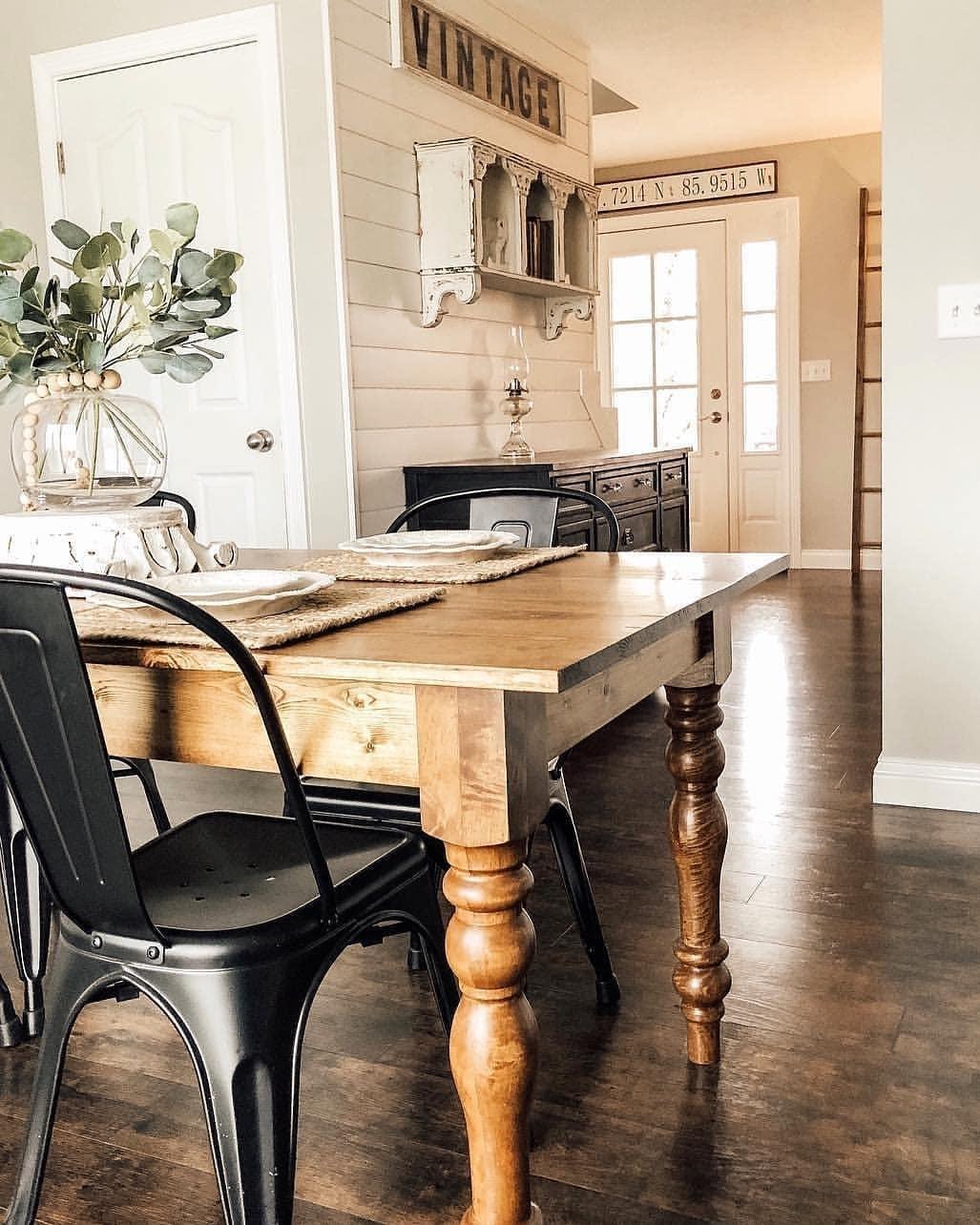Unique Dining Room Table Legs to Transform Your Eating Location
Unique Dining Room Table Legs to Transform Your Eating Location
Blog Article
Choosing the Perfect Eating Table: What Styles Job Best for Your Home?
Choosing the optimal eating table for your home can be a nuanced process that stabilizes appearances and performance. Whether your room leans towards conventional elegance, modern-day minimalism, rustic appeal, or commercial chic, the range of designs readily available can provide to varied tastes. Each style supplies special benefits and obstacles that can either enhance or disrupt your dining location's consistency. Recognizing how various products, forms, and sizes engage with your existing decoration is essential. To browse these choices properly and find a table that truly complements your home, think about the adhering to elements carefully.
Analyzing Your Space
Examining the measurements and format of your dining area is a critical primary step in selecting the best dining table. Begin by gauging the length and size of the space, making up doorways, home windows, and other building functions that can affect table positioning. This makes certain that your table not just fits yet also permits comfortable motion around it.
Consider the number of individuals you usually captivate. A table should accommodate your family's everyday needs while using adequate versatility for periodic guests. As a regulation of thumb, allot at the very least 24 inches of table width per person to make sure a comfortable eating experience.
It's additionally crucial to preserve appropriate clearance around the table. Preferably, there need to be at the very least 36 inches between the table edge and wall surfaces or various other furniture, allowing very easy gain access to and motion. For rooms where chairs with arms or additional storage space devices like buffets are included, increasing this clearance to 48 inches is suggested.
Illumination and ambience play considerable roles. Make sure that your eating table aligns with existing illumination fixtures or prepare for sufficient illumination options. This extensive spatial evaluation warranties that your table not only fits literally but additionally harmonizes with your space's total functionality and visual.
Popular Table Styles

Conventional dining tables commonly feature luxuriant details, bent legs, and abundant timber surfaces, evoking a feeling of ageless elegance. They are ideal for homes with classic decoration or those seeking to include a touch of refinement to their eating location.
Modern dining tables prioritize simpleness and tidy lines, often integrating materials like glass and steel. These tables are suitable for modern areas, supplying a streamlined and uncluttered appearance that enhances minimalist layout viewpoints.
Rustic table, on the various other hand, highlight natural products and a handcrafted look - dining room table legs. They typically feature redeemed timber and a distressed surface, producing a warm and welcoming atmosphere. These tables work well in farmhouse-style homes or those looking for a cozy, natural feeling
Industrial eating tables integrate raw products such as steel and wood, often showcasing a practical visual. This design is well-suited for loft spaces or metropolitan areas, adding a touch of sturdy beauty and durability to the eating experience.
Each style offers unique advantages, making it vital to pick one that straightens with your home's general design and your individual preferences.
Product Selections
When choosing an eating table, the choice of product plays a vital duty in identifying both the table's visual appeals and functionality. Timber, steel, glass, and composite materials each offer special advantages and challenges, making it necessary to align the product with your home's decoration and way of living needs.
Timber is an ageless and versatile option, available in varieties such as oak, walnut, and mahogany. Recognized for its sturdiness and heat, timber matches both traditional and contemporary insides. Nevertheless, it requires regular maintenance to stop scrapes and bending.
Metal tables, typically crafted from stainless steel, aluminum, or wrought iron, are my company applauded for their contemporary allure and effectiveness. They are especially fit for industrial or minimal settings but can be vulnerable to damages and may feel chilly to the touch.
Glass table bring an air of sophistication and openness, suitable for smaller spaces as they produce an impression of more space. While simple to clean, glass can be vulnerable to smudges and calls for cautious dealing with to stay clear of chips and cracks.
Composite products, such as MDF and plywood, deal economical and personalized remedies, though they may do not have the durability of all-natural products. Choosing the right material guarantees your table is both a practical property and a visual delight.
Sizes And Shape Factors To Consider
After establishing the suitable product for your table, the next factor to consider is picking the appropriate shape and size to suit your room. The form of the table significantly influences the space's visual and performance. Rectangle-shaped tables, one of the most common shape, are suitable for bigger rooms and can suit a higher number of guests. They also allow for a much more official dining experience. On the other hand, rounded tables cultivate a sense of affection and are excellent for smaller sized eating areas, urging discussion by removing corners and making every person really feel similarly included.
Size is equally vital and should be dictated by both the room's dimensions and the variety of individuals you intend to seat consistently. As a regulation of thumb, allocate a minimum of 24 inches of table width per person to make sure comfy dining. In addition, think about the table's clearance area: there need to go to least 36 inches in between the table side and the wall click surfaces or various other furnishings. This makes sure that restaurants can move quickly without really feeling confined. Extending tables use flexibility if you often hold larger celebrations, offering additional seating when needed without occupying added room daily. Selecting the appropriate sizes and shape guarantees both practicality and aesthetic harmony in your dining area.
Matching Your Decoration
Selecting a table that integrates with your existing design is critical in producing a cohesive and inviting room. Begin by evaluating your present interior decoration style, whether it be contemporary, traditional, rustic, or this article diverse. The table must enhance the general aesthetic, not take on it. A sleek, minimalist table with clean lines is suitable for a modern-day home, while a vintage, luxuriant table fits an extra conventional setup.
If your style features warm tones and natural materials, think about a wood table to improve the natural feel. On the other hand, a glass or metal table might be a lot more appropriate in an area controlled by great colors and commercial elements.
A rough-hewn, redeemed wood table can add personality to a rustic space, while a polished marble surface area can boost a glamorous dining area. A well-matched dining table not only enhances aesthetic allure however likewise improves the general dining experience.

Final Thought
Selecting the suitable eating table necessitates cautious factor to consider of room, design, materials, form, and dimension. Standard tables complement traditional insides with rich timber coatings, while modern tables fit modern setups through glass and metal.
Report this page